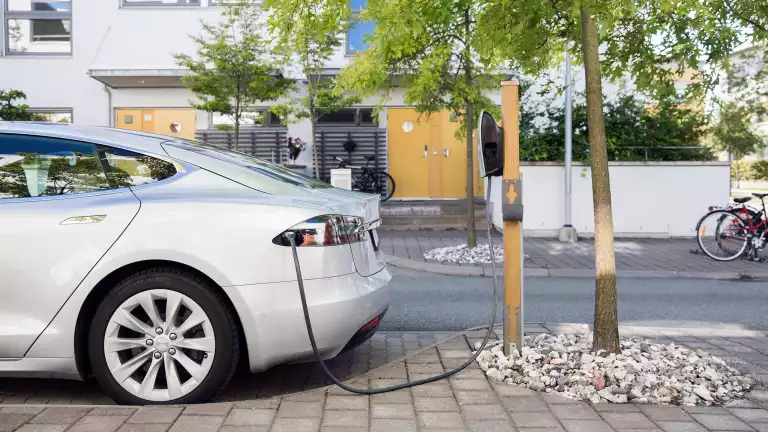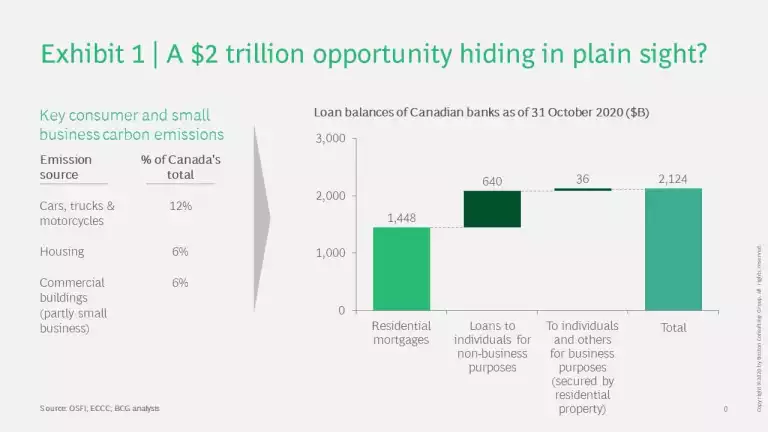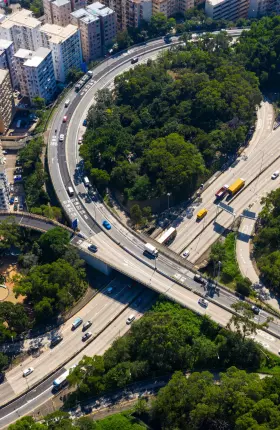Climate change is a red-hot topic in banking. To date, asset management products and multi-billion-dollar green bond issues have captured most of the limelight. But what if an even bigger banking climate opportunity was hiding in plain sight, in the unglamorous branch network?
Canada’s commitment to achieve Net Zero by 2050 will require massive changes—and massive investment—by nearly every household and small business in Canada. For instance, nearly 12% of Canada’s greenhouse gas emissions (GHGs) come from cars, trucks and motorcycles, most of which are owned by consumers and small businesses. In 2017, these vehicles released 85 megatonnes of emissions into the atmosphere, roughly equivalent to that produced by the entire country of Bangladesh. Commercial buildings, many owned and occupied by small businesses, and residential properties together generated another 86 megatonnes of GHGs. In these areas alone, individuals and small businesses drive close to a fifth of Canada’s emissions.
Many want to reduce their carbon footprint. A survey by the Retail Council of Canada found that one-third of consumers made a point of purchasing sustainable products over others in 2019 and 28% said they look for brands that promote sustainable practices. Muscular nudges from government—from the carbon tax to purchasing incentives for fuel-efficient cars and home-insulation—are likely to prompt even more consumers to make eco-friendly choices. Additional pressure will come from the incoming Clean Fuel Standard, which could increase annual fuel and home heating oil costs by 10% or more.
More is to come. Canada’s Fourth Biennial Report to the United Nations includes 66 pages of measures that are in place or planned by federal and provincial governments. A large number of these measures affect consumers and small businesses. In addition to offering a wide array of grants and low-interest loans, federal and provincial governments are also spending large advertising budgets encouraging Canadians to take action on their carbon footprints.
What does all this mean for banks? Canada’s banks hold roughly $1.4 trillion in mortgage balances. At some point in the next decade or two, most mortgaged properties will require upgraded insulation or heating sources to meet energy guidelines. Based on BCG research done in Germany, the refurbishment rate could rise from 1.1% per year to 1.7%.
The story is similar for cars and trucks. Total bank lending to individuals for non-business purposes, not counting mortgages, is over $600 billion. This means the total banking climate opportunity exceeds $2 trillion even before you add in small business lending. (See Exhibit 1.)
Who will help consumers and small businesses finance their energy transitions? Enter the banks. Supporting consumers and small businesses with cashflow transformations and helping them amortize large up-front costs over a longer timeframe is a bank’s raison d’être. It is also in keeping with more recent pronouncements that numerous Canadian banks have made on green banking and to support and catalyze Canada’s fight against climate change.
Recognizing the opportunity, some banks have already begun to expand their portfolios. For example, RBC offers an Energy Saver Loan with a 1% rate discount for environmentally-friendly products and services recommended as part of an energy audit. The loan can even be applied toward hybrid vehicles. Seizing the logic of higher upfront costs and long-term savings, it offers extended amortizations to match the customer’s payments with expected monthly energy savings.
Similarly, VanCity offers term loans and credit lines branded as ‘Planet-Wise Renovation Solutions’ as well as similarly branded transportation loans for e-bikes, scooters and electric vehicles. They don’t stop at energy-efficiency financing, rather their green banking efforts are further burnished by their line of ‘Microloans for Green Business’ and a credit card that donates at least 5% of profits to local environmental projects.
An example from way up in the Yukon shows how the right financial products can help consumers get over barriers to green investment. A homeowner in Whitehorse, for example, can install 5 kilowatts of solar capacity for $11,000 after government grants. But long winter nights make payback an issue. So the Yukon Housing Corporation offers loans with a 15-year amortization suitable for solar panels. The loan’s structure means the consumer is cash flow positive from Year 1, enabling even cash-poor first-time homebuyers to participate in the energy transition.
Banks have many opportunities to differentiate such products. In the example above, small tweaks to interest rates or amortization schedules could allow households to stay cashflow positive while also receiving upfront ‘green cashbacks’ of up to $1000. This could further encourage green home improvements and give banks a marketing boost.
The question is not if consumers and small businesses will embark on these types of energy transition journeys. They already are. The question is which banks will support them best, and capture the largest share with better-designed products and more compelling green branding. With a concerted effort to rethink their product offerings, banks have an opportunity to accelerate Canadians’ efforts to go green while at the same time growing their own customer and revenue base—a triple bottom line proposition.







